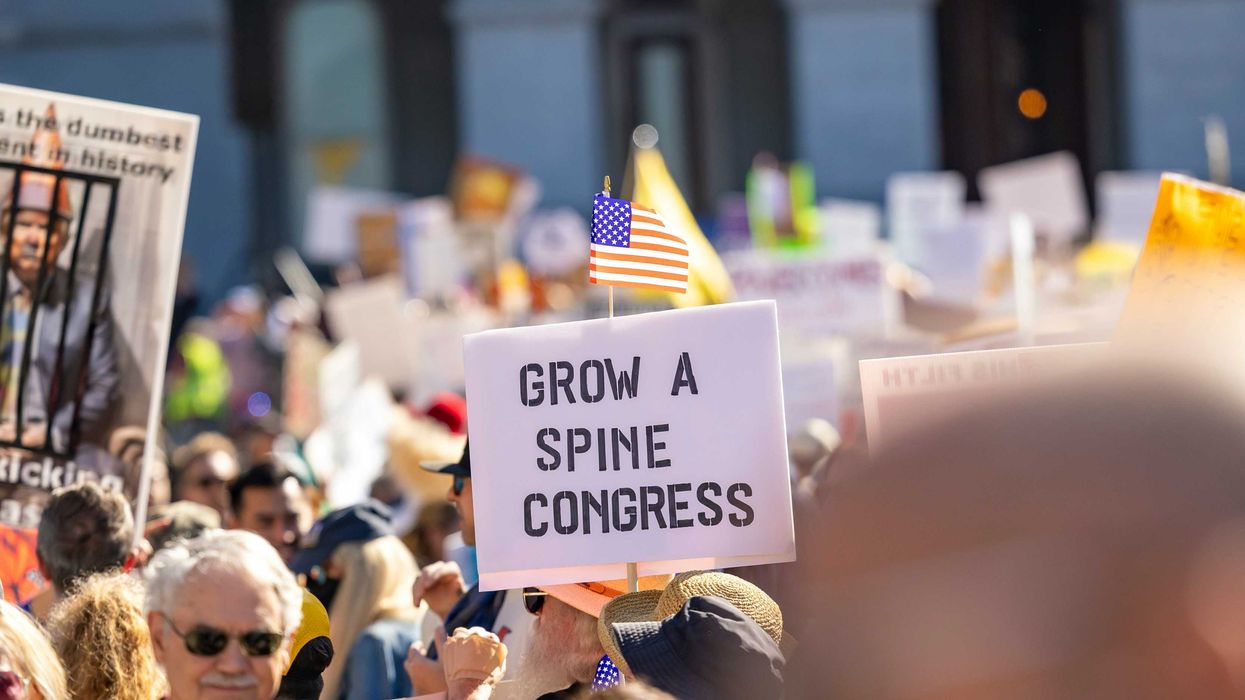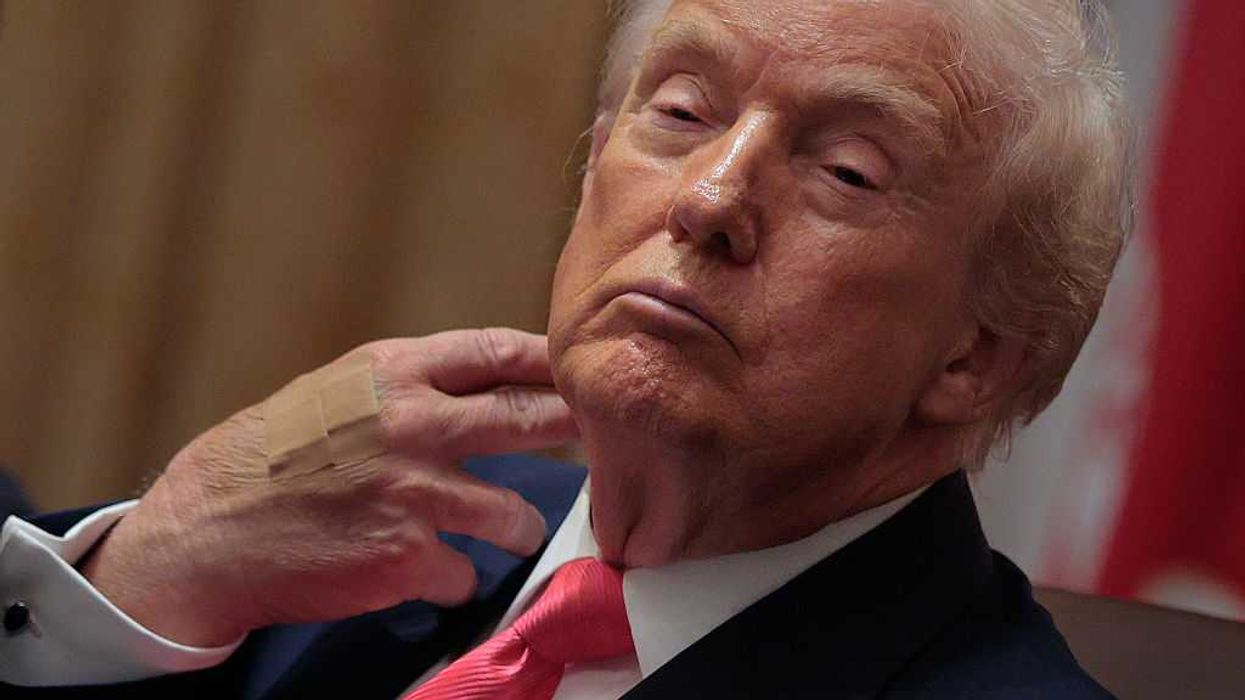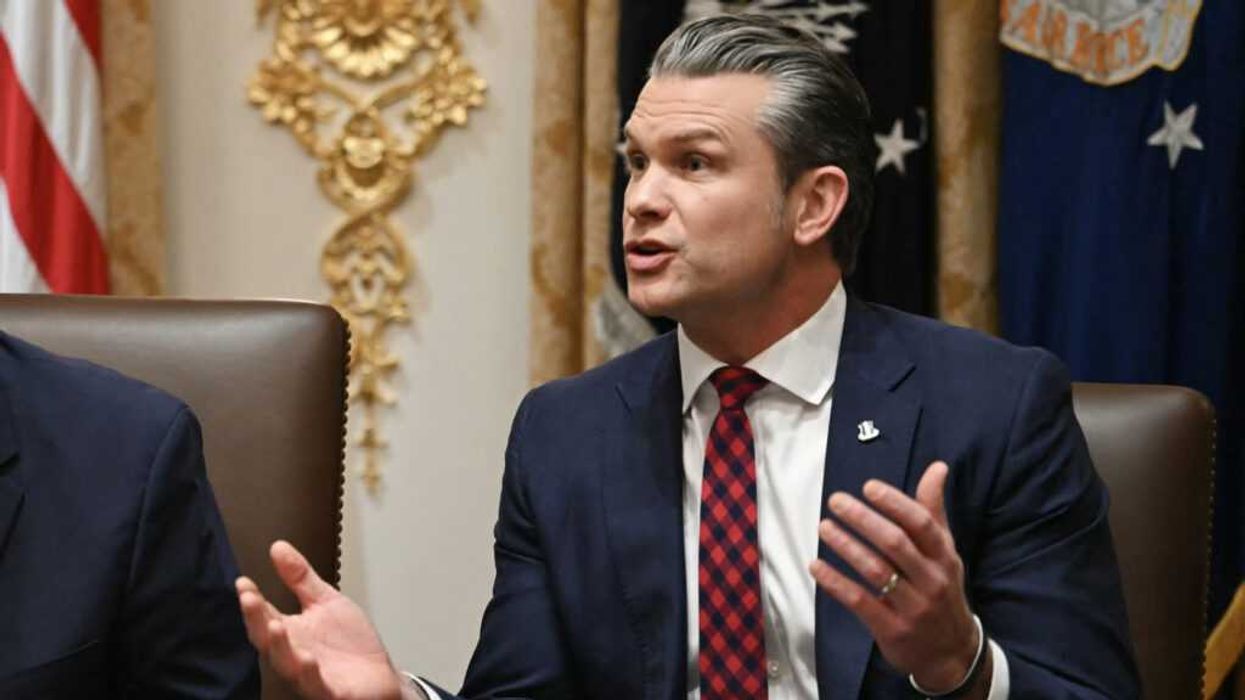Reinhardt is a coach, mystic and writer.
"If you stay in this place out of fear you will not find the landscape that your imagination is yearning for. The effort of the imagination is to turn the boundary into an horizon because there’s no end point for you. The boundary says, ‘''nd no further’. The horizon says, ‘welcome’."-Barry Lopez
Today, the 52nd Earth Day, I wonder what it will take for us to understand that we’re all in this together. That all 7.87 billion of us share this beloved planet, Mother Earth, Gaia, our home.
I’m deeply immersed in reading Anne Baring’s "Dream of the Cosmos: A Quest for the Soul." I find it a challenging read that is providing me with a better understanding of the long and deep influences that have separated us from revering Nature and one another. A deep and massive shift in our consciousness – individually and collectively – is necessary to move beyond the boundaries and barriers and conflicts that our cultural stories of separation have created and, indeed, continue to create.
As I pause, feeling the enormity of the shift toward recognizing our interconnectedness and interdependence and wondering how this shift can occur, Muse reminds me that the shift is simply from fear to love. That feeding the path of love and starving the path of fear is the way. Simple yes. And, not so easy in a world where fear is deftly used to manipulate, control, and dare I mention, profit. And, yet the shift IS happening!
More and more of us are following the advice of the indigenous grandfather who, when asked by his grandson which wolf would win the war between a good wolf and an evil one that was going on inside him, replied, “the wolf you feed.” While the story itself is one of separation and conflict, it offers a reminder that every choice we make is a vote for how life will unfold. Are we "voting" consistent with the life and the planet that we desire? Am I?
Are we feeding our bodies the foods to create and maintain optimum health? Or are we voting for junk food? Are we feeding our minds information and ideas to create and maintain new horizons for the health of our planet, our society, our communities, ourselves? Or are we voting for defending boundaries and what the mainstream still considers "news"? Are we feeding our soul stories, imagined and real, of inspiration, compassion, and love? Or are we following the dictates of religion? Are we voting for fear or for love?
More and more, I’m turning away from the old, the tired, the stories and ways that no longer work. I don’t wish to feed these "wolves" and look for ways to disconnect from them without disengaging myself. I want to nourish and nurture new ways of living and BEing here on Gaia, and this week, I’ve found some beautiful films to celebrate Mother Earth that offer both nourishment and inspiration to do just that.
Watching "Earthrise,"a short film about NASA’s Apollo 8 mission around the moon, I was reminded of those first profound photos of our home from space and that man’s artificial boundaries for nations are non-existent when Earth is viewed from space. You can watch it here. Perhaps you’ll be inspired to wonder, "What if we saw our home this way?"
The Barry Lopez quote above stopped me for several moments as I began watching the serendipitously discovered film "Horizons." on Emergence Magzine. Soul food indeed!
I’m "voting" for films like these and others from both Emergence Magazine and Films for the Planet to nourish, inspire, support me in making and sustaining the seismic shifts that both planet and people need to survive and to thrive. Let’s make some noise for remaking what is "news"! Let’s create horizons of welcome in our hearts, our minds, and our imaginations! Let’s be matriots for the Planet and Humanity!











 Despite signing a mortgage that pledged he would live in each house, Trump listed both homes as rentals. Palm Beach Daily News via Newspapers.com. Redactions by ProPublica.
Despite signing a mortgage that pledged he would live in each house, Trump listed both homes as rentals. Palm Beach Daily News via Newspapers.com. Redactions by ProPublica.
 In 1993, Trump signed a mortgage for a “Bermuda style” home in Palm Beach, pledging that it would be his principal residence. Just seven weeks later, he got another mortgage for a seven-bedroom, marble-floored neighboring property and attested that it too would be his principal residence. Obtained by ProPublica
In 1993, Trump signed a mortgage for a “Bermuda style” home in Palm Beach, pledging that it would be his principal residence. Just seven weeks later, he got another mortgage for a seven-bedroom, marble-floored neighboring property and attested that it too would be his principal residence. Obtained by ProPublica







